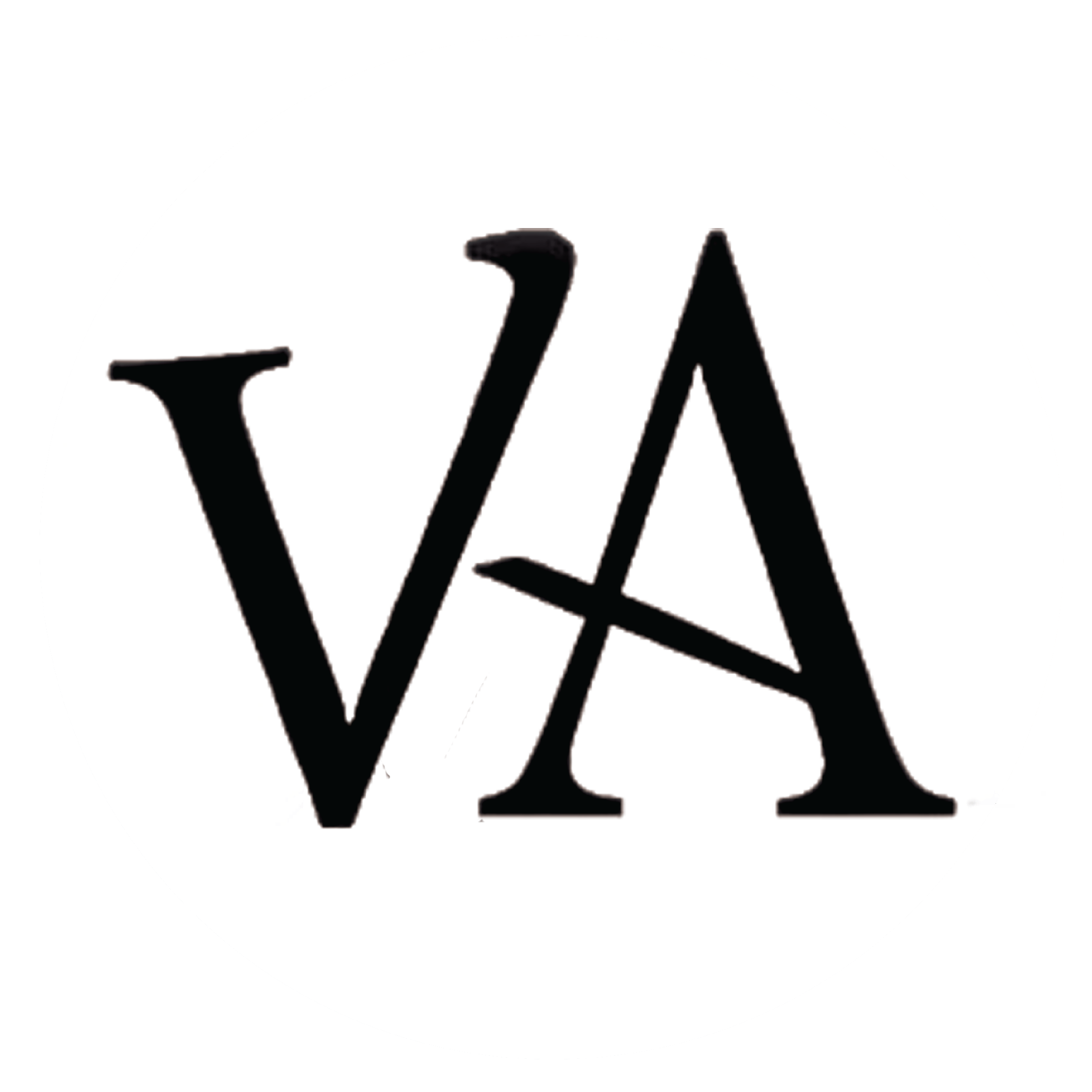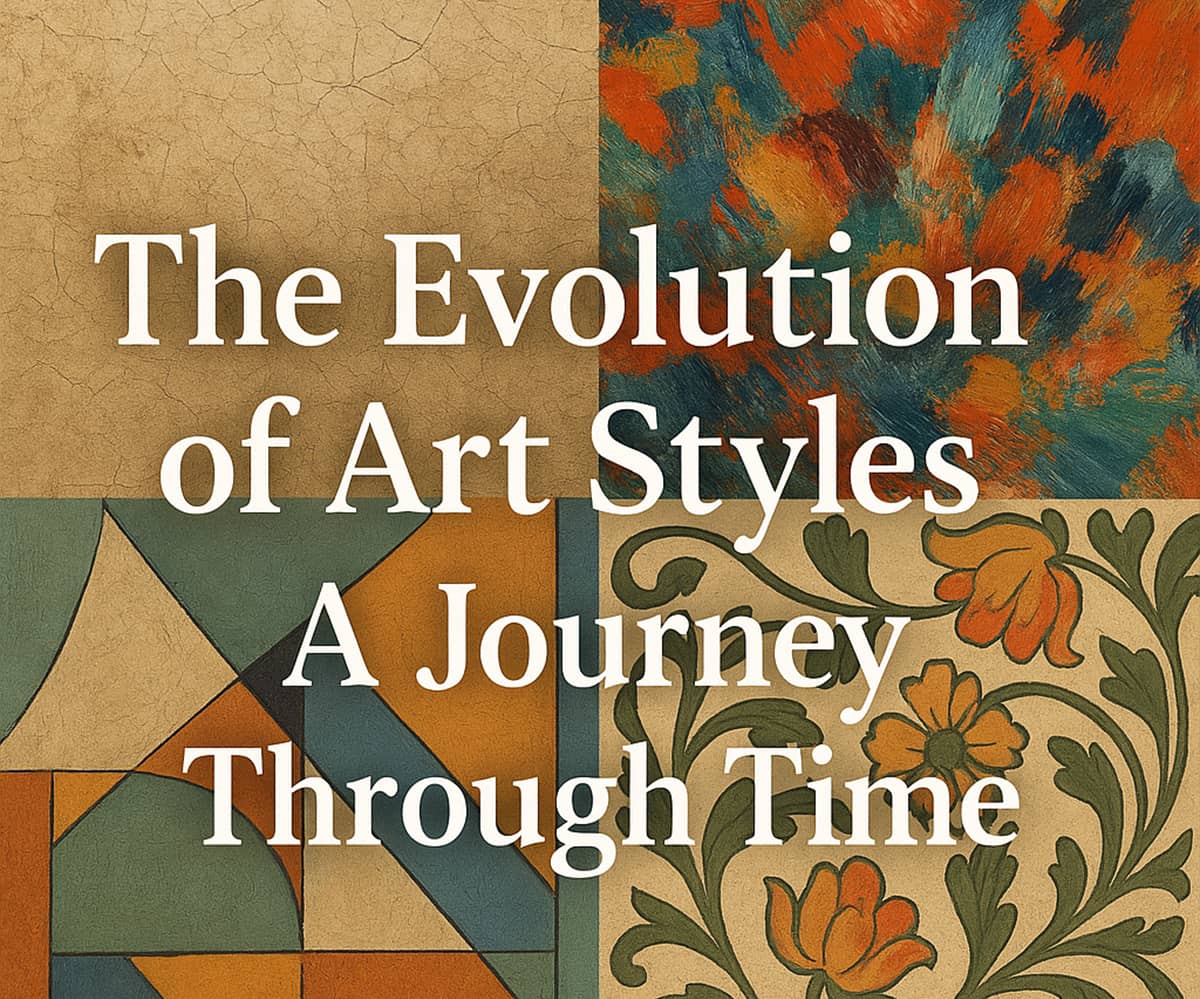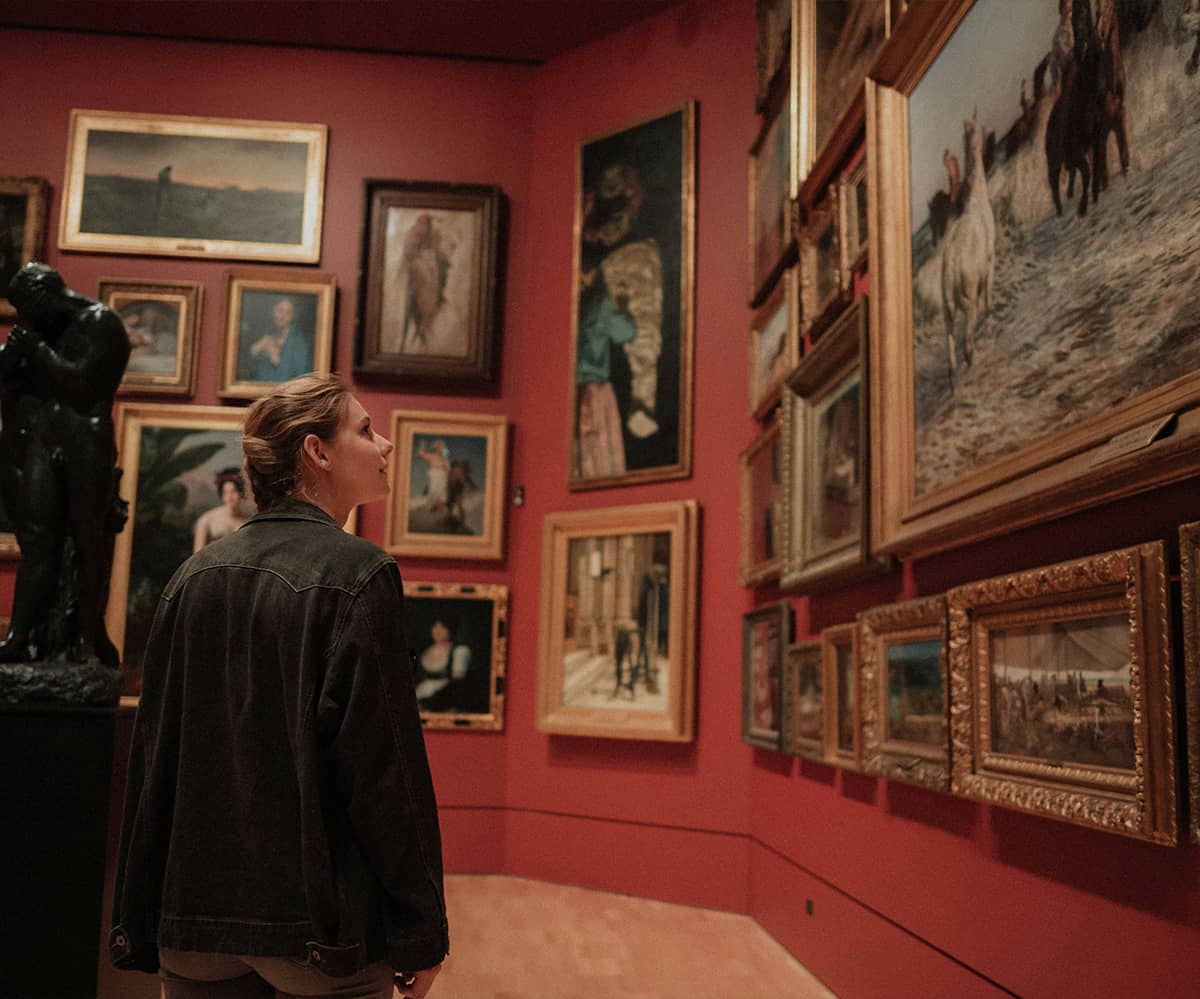Choosing the Right Paint Brushes for Oil Painting
Today, we’re diving into an essential topic for any budding or seasoned oil painter: selecting the right paint brushes. Just as a musician needs the right instrument, an artist needs the proper tools to bring their vision to life. Here’s a comprehensive guide to help you choose the best paint brushes for your oil painting endeavors.
Understanding Brush Types
Bristle Brushes: These brushes are made from hog bristles and are known for their durability and stiffness. They are perfect for thick applications of paint, allowing for bold strokes and texture. Bristle brushes hold a substantial amount of paint, making them ideal for blocking in large areas and for working with heavy-bodied oil paints.
Sable Brushes: Made from the soft hair of the sable marten, these brushes are prized for their fine tips and smooth application. They are perfect for detail work, blending, and creating smooth, even strokes. Sable brushes are typically more expensive but are worth the investment for their precision and longevity.
Synthetic Brushes: These are made from nylon or polyester and can mimic the properties of both bristle and sable brushes. They are often more affordable and durable, making them a good choice for beginners. Advances in technology have made synthetic brushes nearly indistinguishable from their natural counterparts in performance.
Brush Shapes and Their Uses
Round: These brushes have a pointed tip and are excellent for detail work, fine lines, and delicate areas. Smaller rounds are great for intricate work, while larger rounds can be used for broader strokes.
Flat: With a flat, rectangular shape, these brushes are perfect for bold strokes and filling in large areas. They are also great for creating sharp edges and controlled lines.
Filbert: A flat brush with rounded edges, filberts are versatile and can be used for both broad strokes and detail work. They are excellent for creating soft edges and blending.
Bright: These are flat brushes with shorter bristles. They offer more control and are ideal for quick, precise strokes. Brights are great for impasto techniques and when you need a bit more pressure to apply the paint.
Fan: Shaped like a fan, these brushes are used for blending and creating textures such as foliage, clouds, or hair. They are not typically used for detailed work but can add interesting effects to your painting.
Brush Care Tips
Cleaning: Proper cleaning is essential to maintaining your brushes. Use a brush cleaner or mild soap and warm water to remove oil paint. Avoid leaving brushes soaking in solvent or water, as this can damage the bristles and the ferrule (the metal part that holds the bristles).
Shaping: After cleaning, reshape the bristles with your fingers to maintain their original shape. This will ensure that your brushes stay in good condition for longer.
Storage: Store brushes with the bristles facing up or horizontally. Avoid leaving them bristle-down in a jar, as this can bend and deform the bristles over time.
Rotation: Rotate the use of your brushes. Don’t overuse one particular brush, as this can wear it out quickly. Having multiple brushes in different shapes and sizes will extend the life of each one.
Investing in Quality
While it might be tempting to purchase cheaper brushes, investing in high-quality brushes can significantly impact the quality of your work and your overall painting experience. High-quality brushes maintain their shape better, hold more paint, and provide a smoother application. They are also more durable and can withstand the rigors of oil painting.
Choosing the right paint brushes is a crucial step in your oil painting journey. Whether you prefer the durability of bristle brushes, the precision of sable brushes, or the versatility of synthetic brushes, understanding the types and uses of each brush will enhance your artwork and improve your technique. Remember to care for your brushes properly to ensure they last and continue to perform at their best.
Happy painting! Visit our gallery to see how different brush techniques bring artworks to life, and don’t hesitate to ask our staff for more tips and recommendations on brushes and other art supplies.




